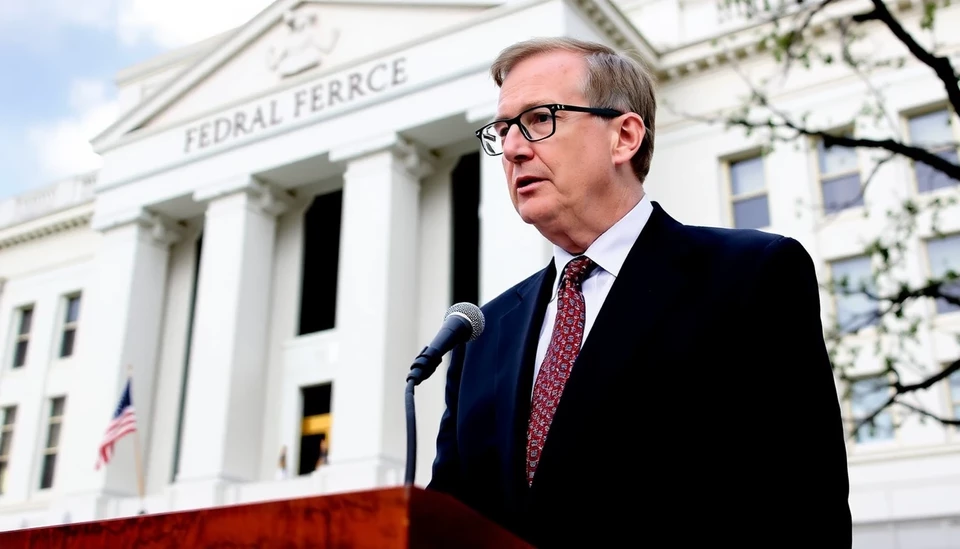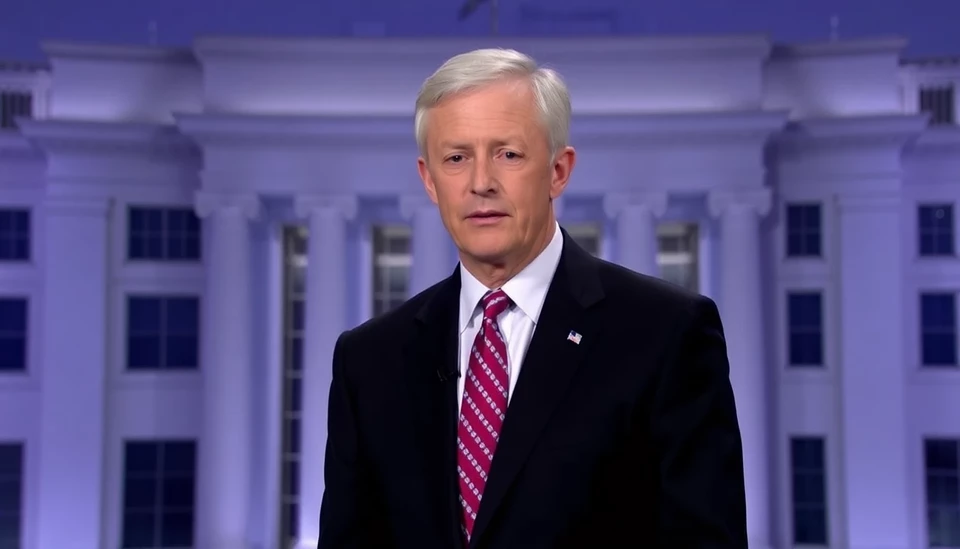
In a recent discussion among Federal Reserve officials, significant worries have been raised regarding the potential for stagflation in the United States, particularly as the country prepares to implement new tariffs. The specter of stagflation, defined by stagnant economic growth combined with high inflation, has sparked heated debates and strategic considerations among policymakers. This comes at a crucial time when inflationary pressures are already being felt across various sectors of the economy.
The looming introduction of tariffs has intensified these concerns, as officials fear this might exacerbate inflation further while simultaneously hindering economic growth. The dialogue within the Fed encompasses various strategies aimed at mitigating the risks associated with this potential economic predicament. Policymakers are grappling with the challenging balance of fostering growth while attempting to curb rising prices.
As inflation remains stubbornly high, with consumer prices climbing significantly over the past year, clicks among Federal Reserve members signal a possible inclination towards tightening monetary policy. However, tightening measures come with their own set of challenges, as they could slow down economic recovery and further weaken employment figures, leading to a delicate balancing act for the central bank.
In light of these concerns, officials emphasized the importance of assessing both domestic and international economic conditions. The interconnectedness of global markets means that actions taken in the U.S. can have significant ripple effects worldwide, and vice versa. This global perspective shapes how officials at the Fed are considering their options moving forward as they weigh the pros and cons of different policy responses.
While some officials advocate for a cautious approach towards tightening monetary policies, others are convinced that aggressive actions are necessary to prevent inflation from spiraling out of control. The ongoing dialogue reflects differing viewpoints that illustrate the complexity of the current economic landscape, wherein the threat of stagflation hangs heavy over economic forecasts.
As the Federal Reserve continues to navigate these murky waters, it is likely that future meetings will further address the intricate balance between inflation control and economic growth. The stakes are high, with significant implications not just for the U.S. economy but also for global financial stability.
With the Fed's decisions on impending tariffs and monetary policy set to play a crucial role in future economic scenarios, all eyes will be on how officials respond to these emerging challenges.
Stay informed as we follow this developing story that could impact the financial landscape for years to come.
#FederalReserve #Stagflation #EconomicPolicy #Tariffs #Inflation #GrowthForecast #MonetaryPolicy
Author: Rachel Greene




